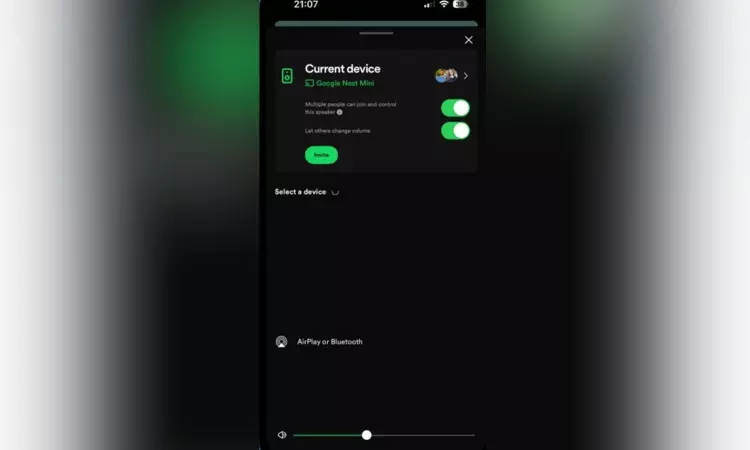Spotify introduces shared volume feature for group sessions
According to the initial insights, users discovered that the redesigned Library helps them save time, provides them with a better overview and allows them to easily switch between playlists.

Representative image (PHOTO: IANS)
SAN FRANCISCO: Music streaming platform Spotify has introduced a new shared volume control for its group session feature.
"Spotify is launching a shared volume control, a new feature for in-person listening with the Group session experience where guests will be able to control the volume if they’re sharing a compatible speaker," the company said in a community blogpost.
With the new control, the platform aims to provide users with more ability to control the volume when listening.
"We also want to make sure that the host can choose what level of control the guests should have," it added.
Group session is a Premium-only feature that was initially introduced in 2020. Groups of two to five people can use this feature at once by sharing a “join” link via messaging apps or social media with each other.
Both host and guests can pause, play, skip and select tracks on the queue as well as add in choices of their own using the standard controls.
If one person makes a change, it will immediately be reflected on all participant devices.
Earlier this month, it was reported that the music streaming platform might soon bring the group session feature on its desktop version.
In June, the company had announced that it was rolling out redesigned 'Your Library' and 'Now Playing' views to improve the desktop experience.
The company said that the revamp would make the desktop experience "the best way to explore, curate, listen to and organise Spotify on a computer or web browser".
According to the initial insights, users discovered that the redesigned Library helps them save time, provides them with a better overview and allows them to easily switch between playlists.
Earlier this month, the platform had started informing its users who have subscribed to its Premium service through Apple's in-app purchase system that the company will no longer support it as a payment method.



